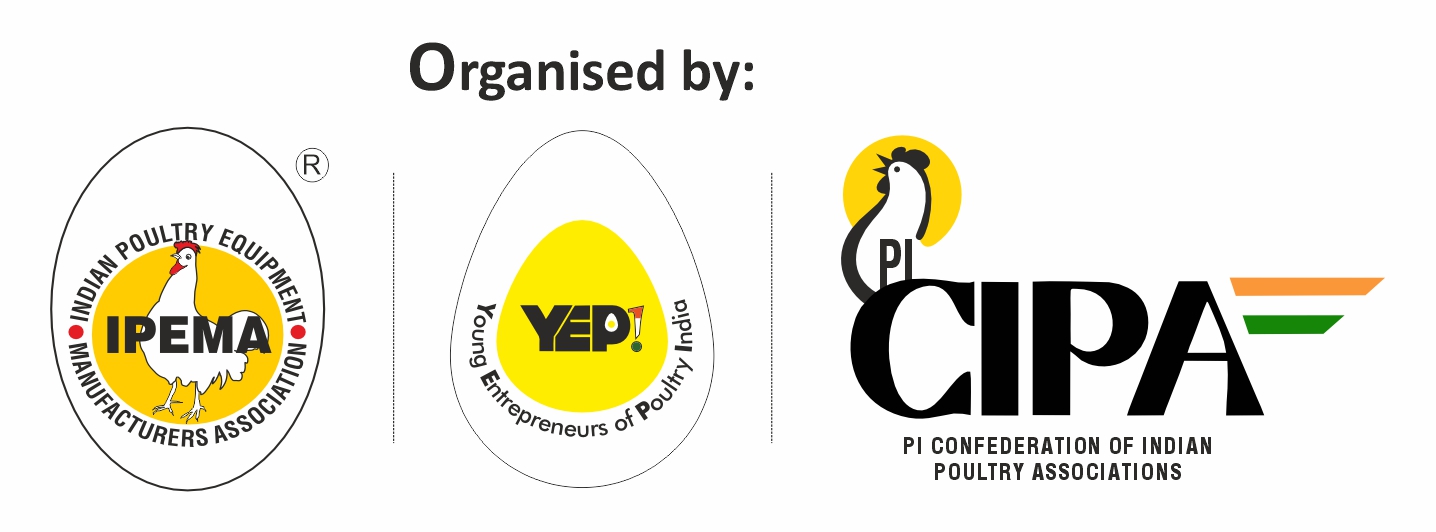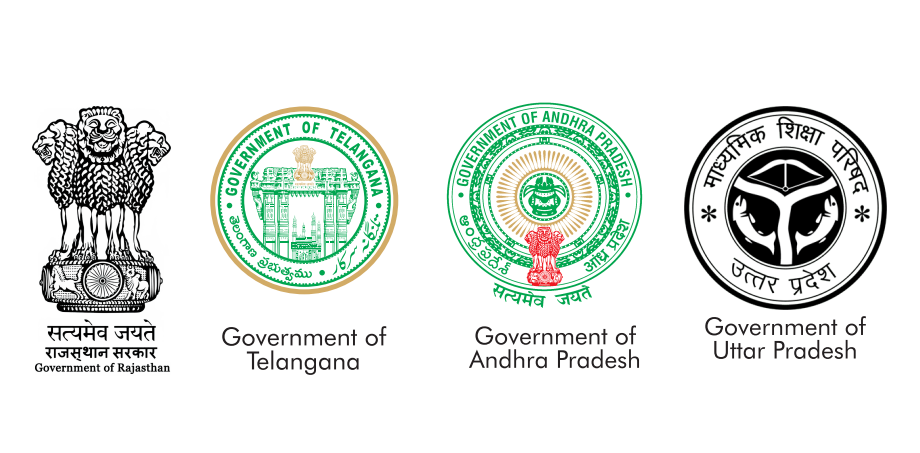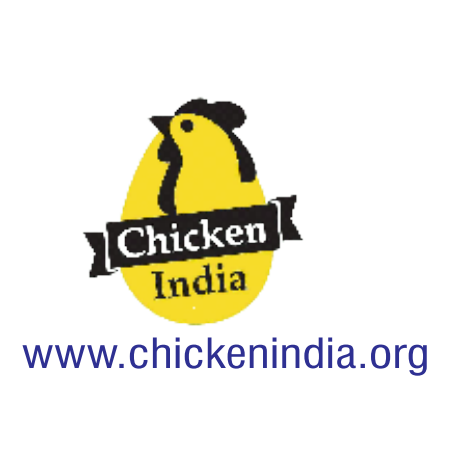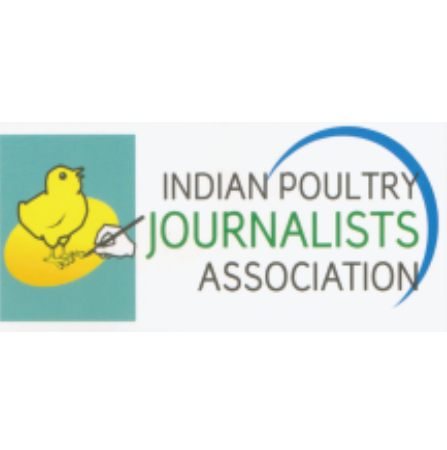How to Start Poultry Farming in India
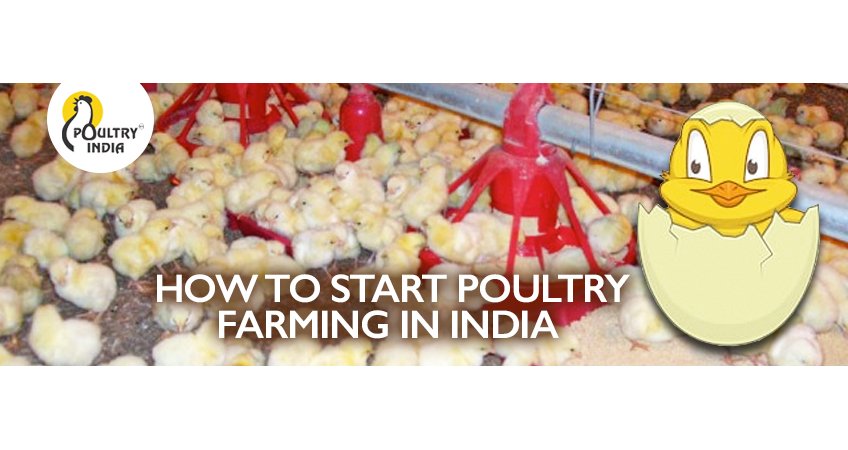
Basic Requirement of Poultry Farming
For a successful poultry management the checklist includes proper site selection, site building, chalking the rearing plan, proper knowledge of using the equipment, procuring the various quality inputs from different resources, managing the day to day poultry affairs, constructing the houses and managing the timely marketing.
Choosing Poultry Farm Site
The farm site must be away from the chaos and hustle-bustle of the city. It should be calm and pollution free environment. The farm must have adequate, clean and fresh drinking water sources nearby. Also the site must be free of poultry enemies and predators like foxes and leopards. The site must be easily accessible from main roads. In other words, transportation must be easy and not very difficult. The local markets must also be easily accessible.
Housing for Poultry Farming
Poultry shelters are the next important factor after farm sites in poultry rearing. The shelters must be raised adequately to prevent the risk of flooding. It should be spacious enough to permit free movement and running of the birds. In addition the shelter must be adequately ventilated and protected from sunlight. It is advisable to construct the shelters in a south facing direction. In this way, the birds are not only protected from the harsh sunlight but also permit circulation of fresh, clean air. There should be adequate drainage facilities in the shelter. Also if there is more than one shelter then the distance between two of them must be at least 50 feet. This would ensure proper ventilation and non-accumulation of ammonia inside the shelters. The entrances in the shelter must be fastened properly. Also there should be fencing around the shelter to secure the birds. The shelter design however depends on the breed of poultry, type of production, etc.
Feed
For commercial poultry production, good quality, highly nutritious food is a must. The rate of productivity in birds is very high. They very quickly convert their feed into food products. On a regular basis, they need about 38 nutrients in adequate amounts for their regular diet pattern. The feed can be given in different forms like crumbles, mash or pellets. Mash is the most economical, commonly used and easy to prepare feed. Pellets are prepared by subjecting the mash feed to heat treatment under pressure. As a result the pathogens in the feed are destroyed. This enables the birds to digest the feed and also minimize the wastage. Crumbles are the expensive form of feed wherein the pellets are broken down to granules. In addition to providing the birds with feed they must be given ample amount of clean and fresh drinking water.
Types of Poultry Farming in India
Broiler Poultry Farming
Broiler segment in poultry is one of the fastest growing segments in recent times. It is the tender, young meat of male or female chicken. It’s weight ranges from 40 grams to 1.5 Kg and it can be maximum six weeks old. India produces 2.47 million metric tonnes of broiler making it the fifth largest broiler producer in the world. This growth is mainly due to the interposition of the corporate sector that threw emphasis on scientific rearing of broilers. Owing to the considerable growth, farmers have access to high quality chicks, professional guidance, medicines and vaccines, sophisticated equipment, etc.
Layer Poultry Farming
Layer poultry means raising birds specifically for egg-laying purposes. In other words, special hen species are reared for commercial egg production. They start laying eggs once they are 18 weeks old and go on laying eggs till they are 78 weeks of age. During this period they produce 1 Kg of eggs for every 2.25 Kg of food consumed. Globally India is the third largest producer of eggs in the world. As per statistics, the current egg production is far below the ICMR recommended 180 eggs per capita annually.
Country Chicken Farming
Country chicken or free range chicken is rearing poultry breeds indigenous to India. In other words, they are local breed of chicken found in a particular geographical location. India is the fifth largest chicken producer of which commercial poultry breeds are a major harvest. However country chicken also makes significant contribution. The main advantage of country chicken is that the birds are comparatively more resistant to infections and have a better survival rate. They adapt to new surroundings easily. They have a good egg production capacity and the input cost is negligible.
Disease Management in Poultry Farming
More than 60% of the total diseases and pathogens in the world originate from animals- wild or domestic. Zoonotic pathogens are transmitted to humans via food or through direct contact between humans and animals. Diseases are the main threat to poultry farming. Farmers face severe losses due to spread of various poultry diseases. One of the best ways to prevent development and spread of diseases is to take good care of the birds. The shelters must be cleaned regularly. The water and food containers must be washed regularly. Precautions must be taken to not mix contaminated food with regular food. The birds must be regularly checked for development of disease symptoms. Vaccination schedules must be properly followed. If any infection is detected then the diseased bird must be immediately separated from other healthy birds to check the spread of infection.
Profitability in Poultry Farming in India
Poultry farming in India is a profitable business owing to many reasons. One of the chief reasons is that unlike agriculture, this is not dependent on rain, sunlight or other weather factors. The investment required here is lower. Initially it can be started with a very small flock of birds and then built up progressively. Since it is not weather and geographical conditions dependent there is always a promise of yield and returns.
Conclusion
Poultry farming in India is good way to start agriculture since it require less space. The birds are capable of increasing the soil fertility which is an important factor for cultivation. In addition, the poultry waste is useful for organic agriculture and has demand in market.







